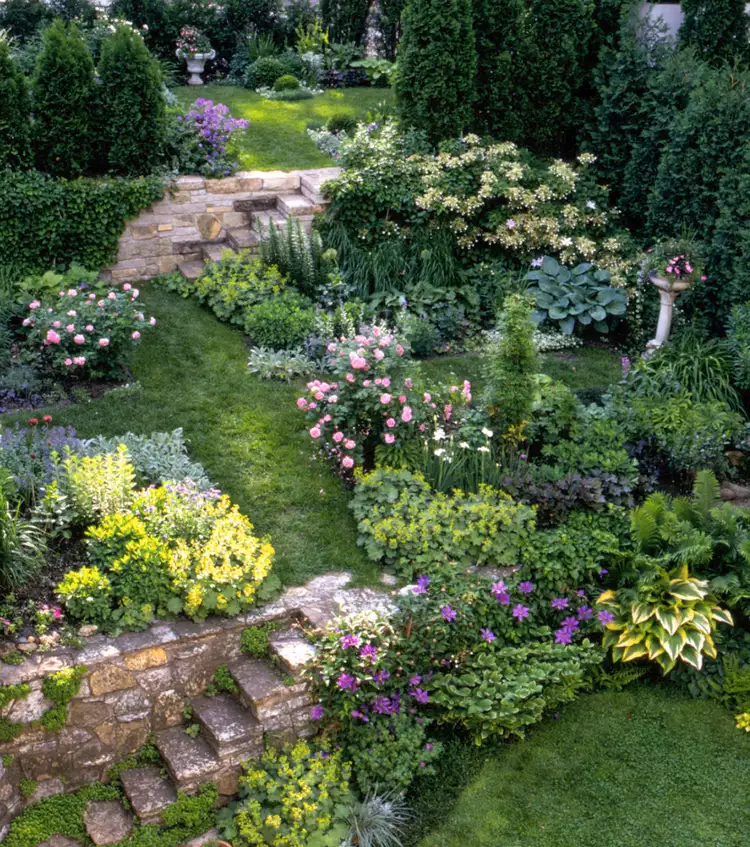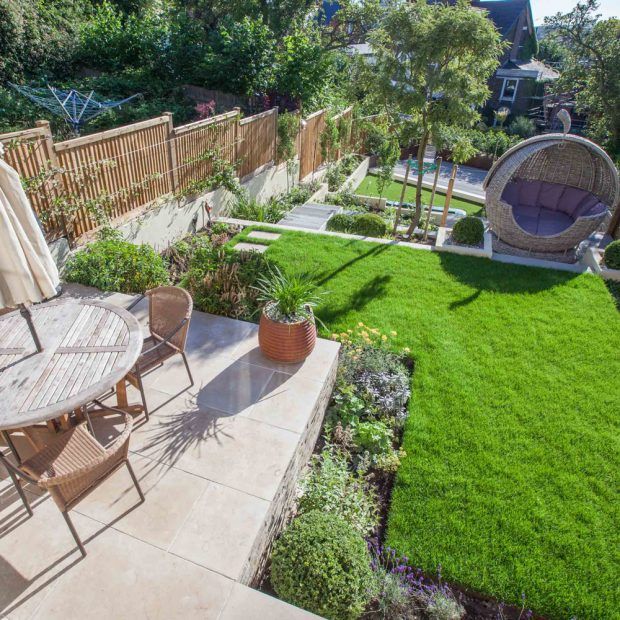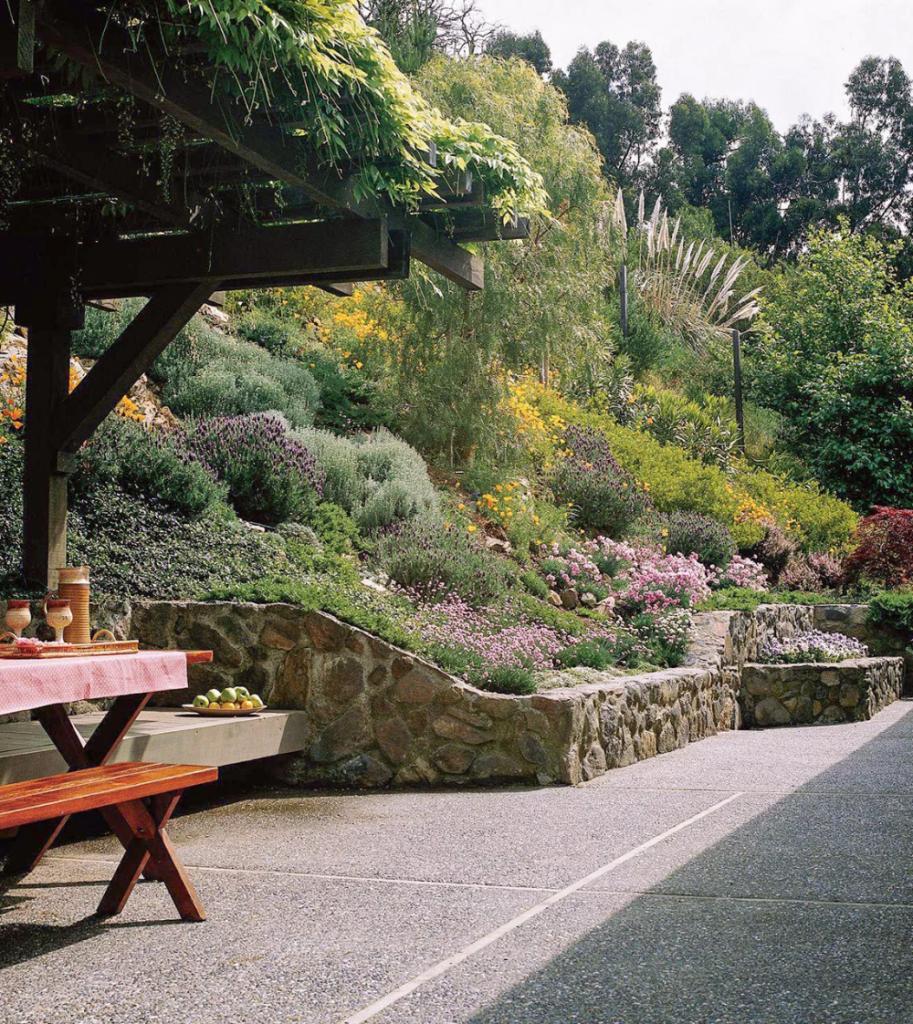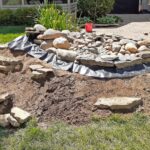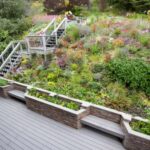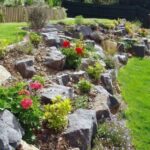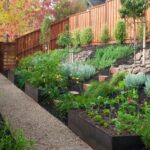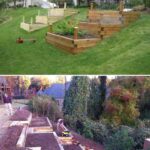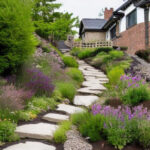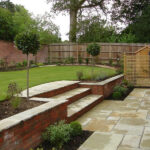Gardening on a slope can present unique challenges, but with careful planning and design, you can create a beautiful and functional outdoor space that maximizes the natural slope of your yard. When designing a garden on a slope, it’s important to take into consideration the natural drainage patterns and erosion control measures. By working with the existing topography of your yard, you can create a visually appealing and sustainable garden that thrives on the slope.
One of the first steps in designing a garden on a slope is to assess the existing conditions of the site. Consider the angle and direction of the slope, as well as the soil composition and drainage. It’s important to address any existing erosion issues and implement measures to prevent further soil erosion. This may include terracing the slope or installing retaining walls to create level planting areas.
Terracing is a common technique used in garden design on slopes. Terracing involves creating a series of level platforms on a slope to create more usable space for planting and landscaping. This not only helps to prevent erosion but also allows for better access to the garden and easier maintenance. Retaining walls can also be used to create planting beds and define different areas of the garden. Retaining walls can be made from a variety of materials, including stone, brick, or timber, and can add visual interest to the garden design.
When selecting plants for a garden on a slope, it’s important to choose species that are well-suited to the site’s conditions. Plants with deep root systems are ideal for stabilizing soil on slopes and preventing erosion. Groundcovers, such as creeping thyme or creeping Jenny, are good choices for planting on slopes as they help to hold the soil in place. Native plants are also good options for sloped gardens, as they are well adapted to the local climate and soil conditions.
Water management is a key consideration in garden design on a slope. Proper drainage is essential to prevent erosion and water runoff. Rain gardens, swales, and French drains can help to channel water away from the garden and prevent pooling or erosion. Adding mulch to planting beds can also help to retain moisture and prevent soil erosion. By carefully planning and designing your garden on a slope, you can create a beautiful and sustainable outdoor space that thrives in its natural environment.
 yishifashion Where Outdoor Dreams Become Reality
yishifashion Where Outdoor Dreams Become Reality
